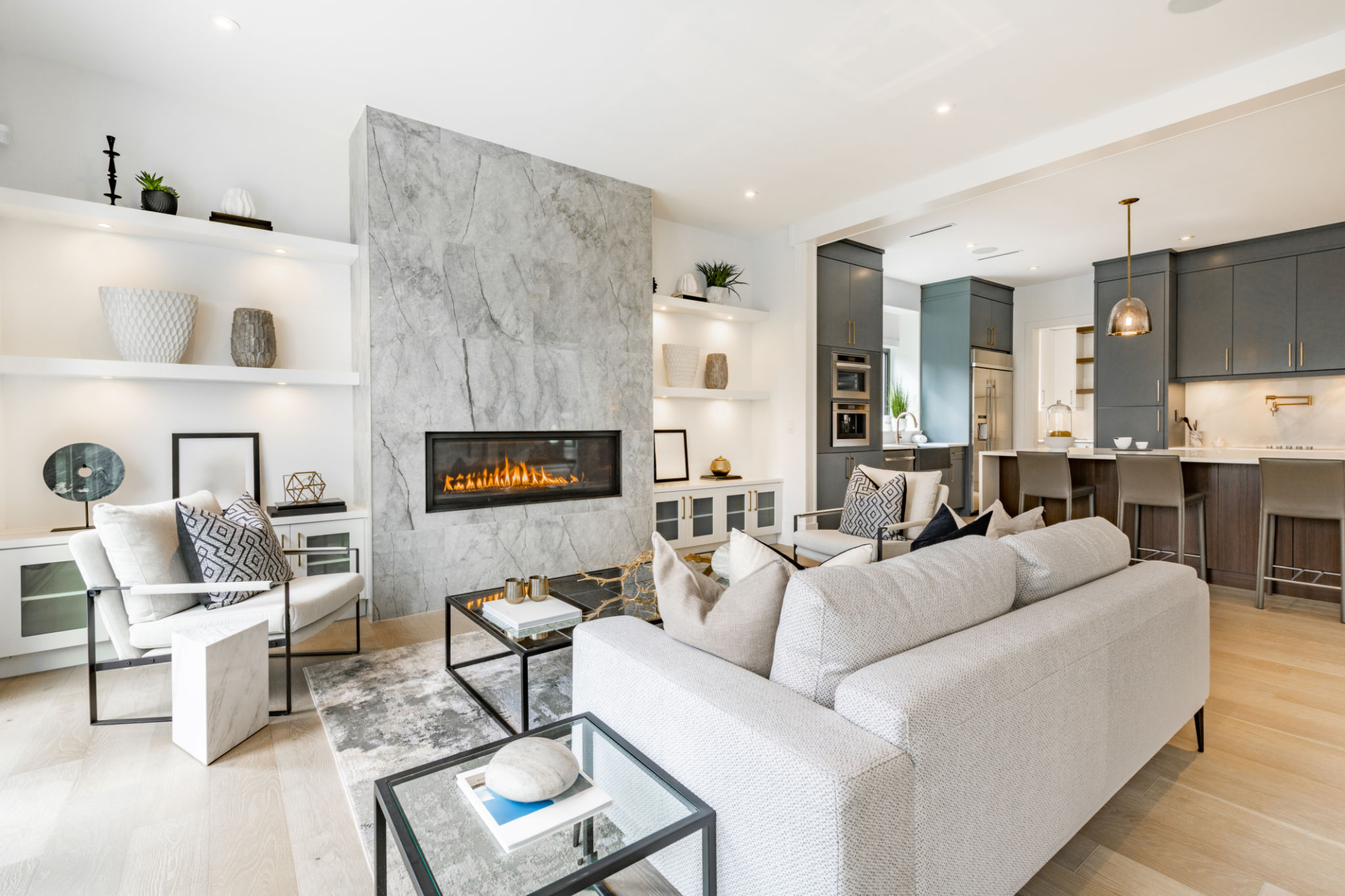Expert Tips for Choosing the Perfect Color Palette for Your Home
Understanding the Basics of Color Theory
Choosing the perfect color palette for your home begins with a fundamental understanding of color theory. This concept involves the study of colors and how they interact with each other. A basic knowledge of the color wheel can help you create harmonious designs by blending complementary, analogous, or monochromatic colors. Complementary colors are located opposite each other on the color wheel and create a vibrant look, while analogous colors are next to each other and offer a more serene effect.

Assessing Your Space and Lighting
Before selecting a color palette, evaluate the natural and artificial lighting in your space. Light affects how colors appear, which means your chosen shades might look different at various times of the day. Rooms with ample natural light can support a broader range of colors, while dimly lit spaces may benefit from lighter shades to enhance brightness. Additionally, consider the size of your rooms; lighter colors can make a space feel larger and more open.
Defining Your Personal Style
Your home should reflect your personal taste and style. Think about what mood you want each room to convey. Do you prefer a calm and soothing environment, or are you drawn to bold and dynamic spaces? Identify colors you naturally gravitate towards in your wardrobe or favorite artwork; these could inspire your home's palette. Remember, your color choices should bring joy and comfort to your living space.

Using the 60-30-10 Rule
The 60-30-10 rule is a timeless decorating guideline that can help you achieve balance in your color scheme. It suggests using three main colors in your design: 60% should be a dominant color, 30% a secondary color, and 10% an accent color. This method ensures that one hue sets the overarching tone, while the others add depth and interest without overwhelming the space.
Testing Before Committing
Once you've narrowed down your color choices, it's essential to test them before making a final decision. Purchase sample pots of paint and apply them to small sections of your walls. Observe how they look at different times of the day under various lighting conditions. This step helps you avoid costly mistakes and ensures that your chosen colors truly suit your space.

Drawing Inspiration from Nature
Nature is an abundant source of color inspiration. Consider incorporating hues found in natural elements like forests, oceans, or deserts into your home. These colors often feel soothing and timeless, creating an inviting and organic atmosphere. Whether it's earthy greens, ocean blues, or sandy neutrals, nature-inspired palettes can bring a sense of tranquility to your living space.
Consulting with Professionals
If you're feeling overwhelmed by the choices or unsure about your decisions, consulting with a professional interior designer can be beneficial. They bring expertise in color psychology, spatial dynamics, and current trends to help guide you towards a cohesive and stylish palette that aligns with your vision.
Adapting to Trends While Staying True to Yourself
While it's tempting to follow the latest trends in home design, it's important to balance them with personal preferences. Trends come and go, but your home should remain a place where you feel comfortable and content. Incorporate trendy colors in small doses—such as through accessories or accent walls—so they can be easily updated over time without requiring major changes.
